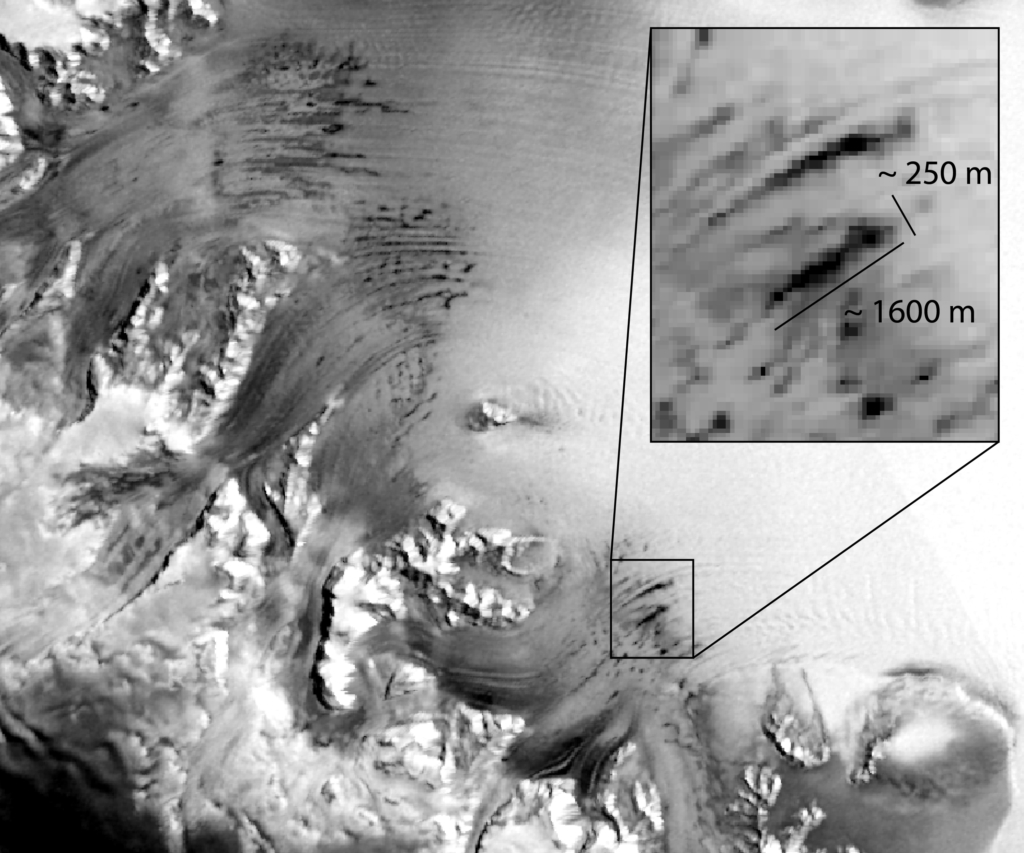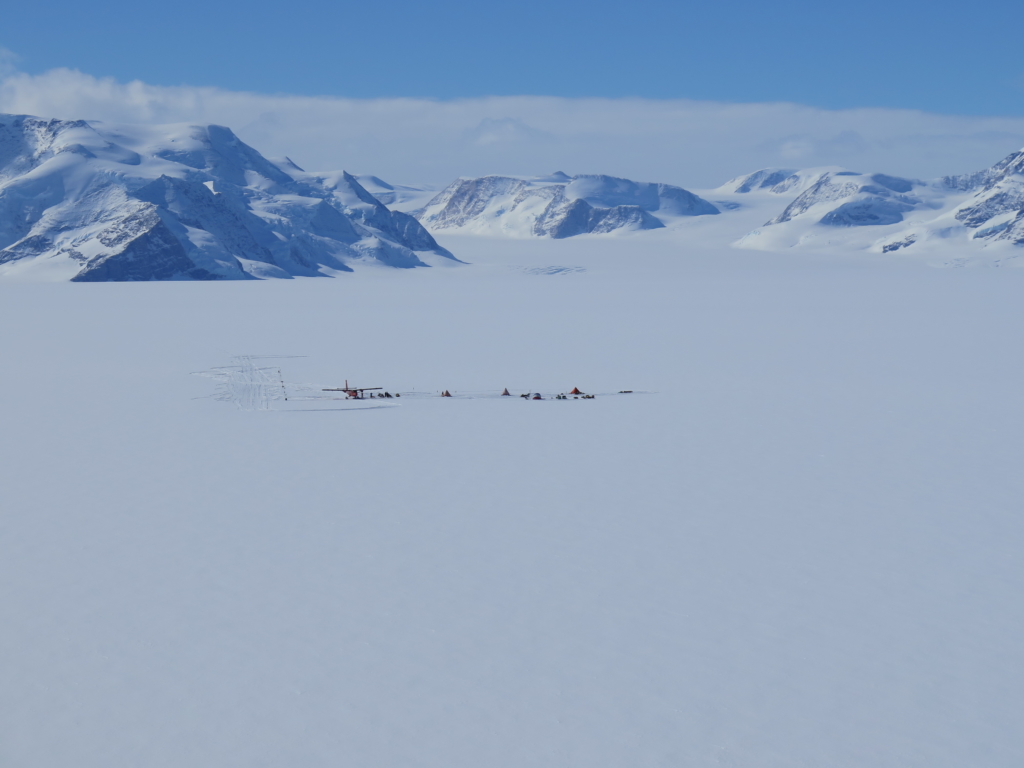Warm winds let snow melt even in Antarctican winter
Long, shallow melt lakes form in the Antarctic even in winter, new NESSC-research shows. Even though the sun does not reach the South Pole during winter and temperatures can drop below 80 degrees Celsius, at some glaciers on the continent enough snow melts to form elongated, shallow melt lakes. NESSC-researcher Peter Kuipers Munneke (IMAU, Utrecht University) discovered that warm, dry winds are the main cause for the local melting. His results of the NESSC-research appeared online 2 May in Geophysical Research Letters.

Even while winter temperatures can drop to 80 degrees Celsius in the interior of Antarctica, at the coast of the continent winter temperatures are relatively higher: around -25 degrees Celsius. New NESSC-research now shows that at some of these locations temperatures can become even higher in winter, even reaching temperatures above freezing point. When the mercury rises above zero, snow starts to melt, creating elongated meltwater lakes on top of the underlying glacier. These lakes can be fifty meters wide, up to a kilometer in length and one or to two meters deep.
Föhnwind
Cause of the local temperature increase is an extremely warm, dry wind blowing down from the mountains to the west of the ice sheet, the scientists determined. This foehn wind, blowing about once a week, can raise the temperature by 15 to 20 degrees in just a few hours.
Glacier researcher Peter Kuipers Munneke (IMAU, the climate institute of Utrecht University) is surprised by the findings. “The meltwater lakes occur on the Larsen C ice sheet, a large floating glacier in the north of Antarctica, where a large iceberg broke off just last July. We hadn’t expected it to melt so much there in the winter, because it’s so dark there, and the sun provides absolutely no heat. Four years ago, we installed a weather station there to study why so much snow melts in the area. Unexpectedly, it’s due to the melting in the winter, which appears to be caused by the warm wind.”
Interested? The entire article on the results of the new research can be found here.
Publication:
Intense winter surface melt on an Antarctic ice shelf
Kuipers Munneke, A. J. Luckman, S. L. Bevan, C. J. P. P. Smeets, E. Gilbert, M. R. van den Broeke, W. Wang, C. Zender, B. Hubbard, D. Ashmore, A. Orr and J. C. King.
Geophysical Research Letters online publicatie, 2 mei 2018
doi: 10.1029/2018GL077899


